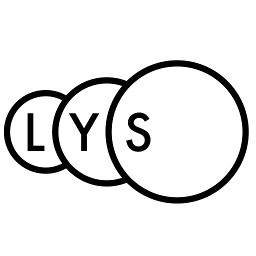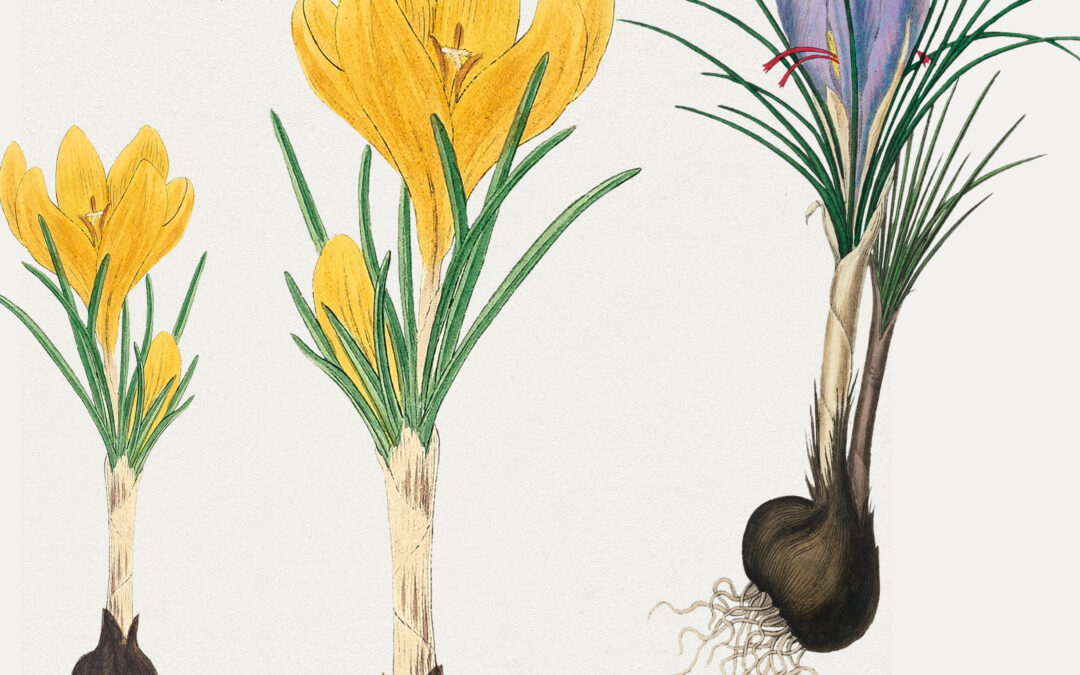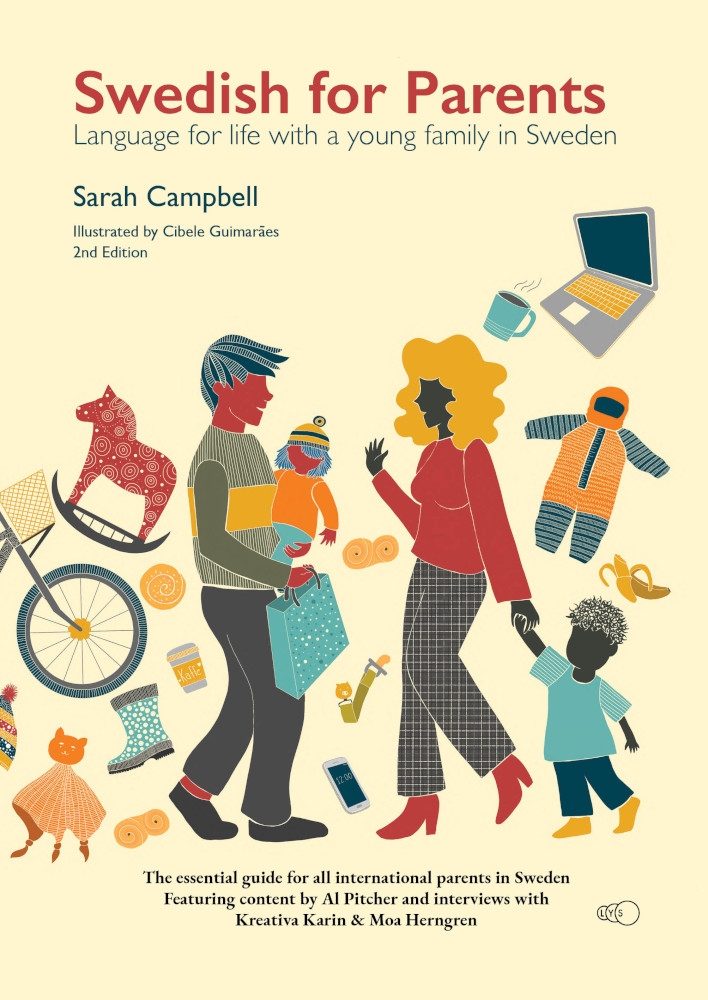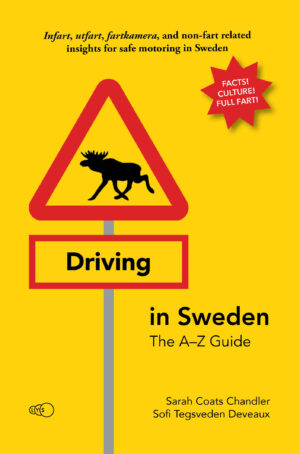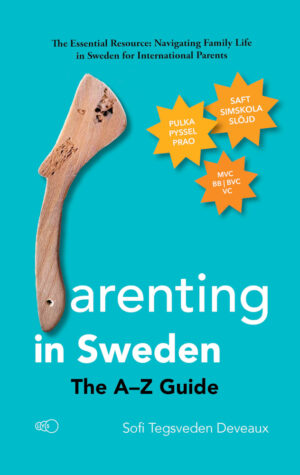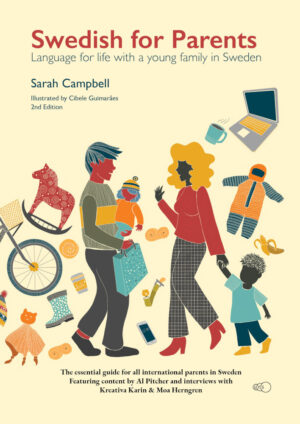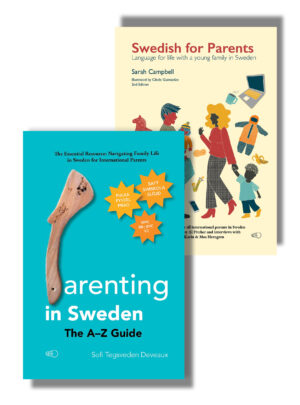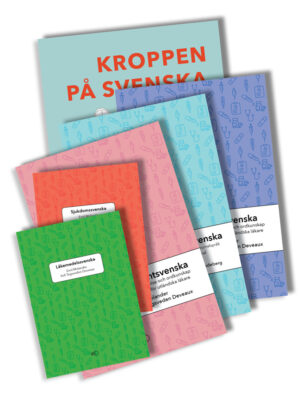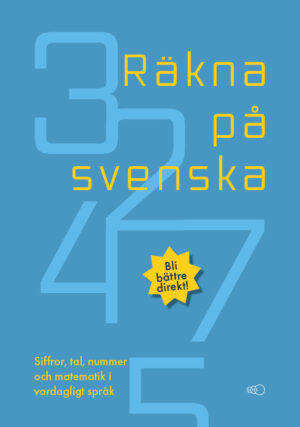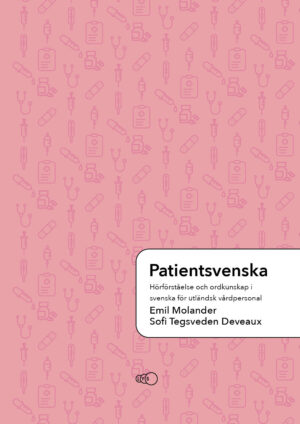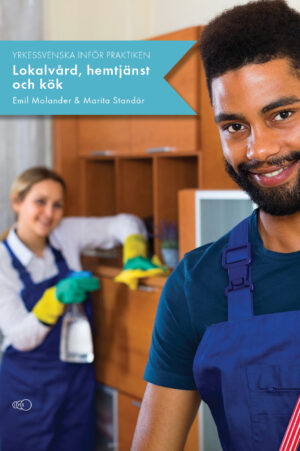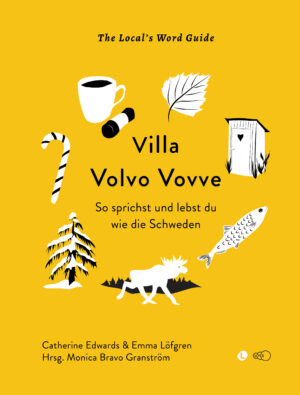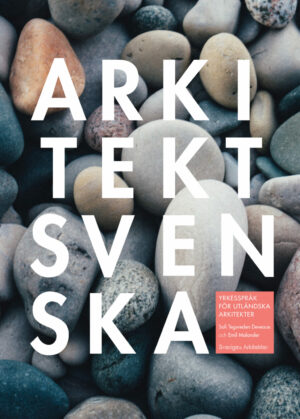If you have ever experienced Christmas in Sweden, you are familiar with the phenomenon of pretty much the whole population celebrating in the same way. The same buffets of meat and fish are served, the same types of cookies are eaten, and the same Disney clips are watched.
Eat Christmas food
For the untrained eye, an Easter buffet will look identical to a Christmas buffet. There is herring, smoked salmon, various salads, cold cuts, meatballs, and little sausages. All is served with boiled potatoes, of course. However, the Easter buffet will see more eggs than for Christmas, and the eggs will take a more prominent place on the table.
Many Swedes paint these (boiled) eggs. Such an activity can present some family fun or some family drama, and some great social media content. You don’t need any specialist equipment for painting boiled eggs. Use what you already have at home, and set the bar low. Watercolour paint can turn out beautiful but requires some skill. Watercolour pens are often easier, but even felt-tip pens work fine. And don’t worry if it bleeds through the shell a bit, the pens your child uses are not considered food but
Drink påskmust
All of this food is washed down with påskmust, a carbonated sugary drink similar to julmust. Or, wait—actually, it is julmust, but with another label. If you haven’t tried this sweet and spicy drink yet, do. You can get it in every supermarket, with a price range from very cheap (available in big plastic bottles) to more connoisseur types, in smaller glass bottles.
Easter eggs
Swedish Easter eggs are made of paper and come in all sizes. They are decorated with Easter-themed illustrations (such as rabbits attending a tea party or chickens wearing hats) or abstract patterns in Easter colours, such as yellow, pink, and grassy green. You can buy them from any supermarket a couple of weeks before Easter.
As you buy a Swedish Easter egg, it’s empty, and according to tradition, the giver fills it with sweets that correspond t the recipient’s choice. That is, the content of each egg is curated to each child’s preferences. Many parents choose to dilute the sugar content with other small gifts, such as vanity socks, bouncy balls, hair accessories, or whatever comes to mind.
Fågel, fisk eller mittemellan?
Reflecting Sweden’s individualistic spirit and the fact that each egg is prepared for a specific child only, collective egg hunts are uncommon. Instead, parents hide each egg very carefully, and then give clues for where each child can find their dedicated egg. At the start of the egg hunt, the parent will tell the child that their egg is to be found fågel (‘bird’), fisk (‘fish’), or mittemellan (‘in between’), indicating the approximate level in height of the hiding place. If you are looking for a fisk egg, for example, it will be on the floor or just above the floor. When looking, the child will ask the giver, Är det varmt? (‘Is it hot?’), and the giver will say it’s ‘hot’ if the child is close to the egg and ‘cold’ if they are far from it. Such egg hunts take place indoors or outdoors, dependent on the weather (of course) and any logistics.
Appreciating the return of the light
As mentioned above, celebration of Christmas is rather uniform across the country, but this does not apply to Easter. One reason for this is that the season will vary. This is partly because of the unpredictability of the actual dates for Easter, which vary each year due to the moon. Another reason is that while Christmas takes place in winter regardless of your geographic location, Easter takes place in winter or spring, and even, in some instances, early summer. It is not unusual to have a good layer of snow during this holiday, especially in the northern half of the country, and in fact, many families go skiing during the Easter break. In years when Easter falls late, in mid-April, some families in the south of Sweden may enjoy a barbeque and double-digit positive temperatures during their Easter break.
Regardless of such variations, the onset of spring will be somehow acknowledged. It is common to bring in a bunch of twigs to set in water, which will make the leaves come out earlier than outdoors. Such twigs are offended and decorated with coloured feathers (real or fake) and other decorations such as eggs or birds.
Time off
- If you have a 9-5 office job, you will not work during the two public holidays Långfredagen (Good Friday) or annandag påsk (Easter Monday), meaning that you can look forward to a four-day weekend. If you work other others, it’s likely that you are compensated through OB-tillägg.
- Schools close either the week before Easter (with the following Monday off) or the week after Easter (with the preceding Friday off), meaning schoolchildren enjoy a ten-day break from school.
- Förskolor (‘daycare’) for the public holidays, meaning you don’t need to take extra time off work unless you want to. Likewise, fritids (‘after-school clubs’) are open these days, meaning your school-aged children will have somewhere to go during the days.
- Another holiday to look forward to is Kristi himmelsfärd (Ascencion), taking place 40 days after Easter. Thursday is a public holiday, and schools are usually closed on the following Friday, meaning you can get a four-day weekend with your family. At this point, the Swedish weather is usually glorious.
Would you like to learn more about how Swedish families celebrate Easter, Christmas, Midsummer, Waffle Day, and birthdays? Swedish for Parents introduces you to Swedish family culture and its associated language.
